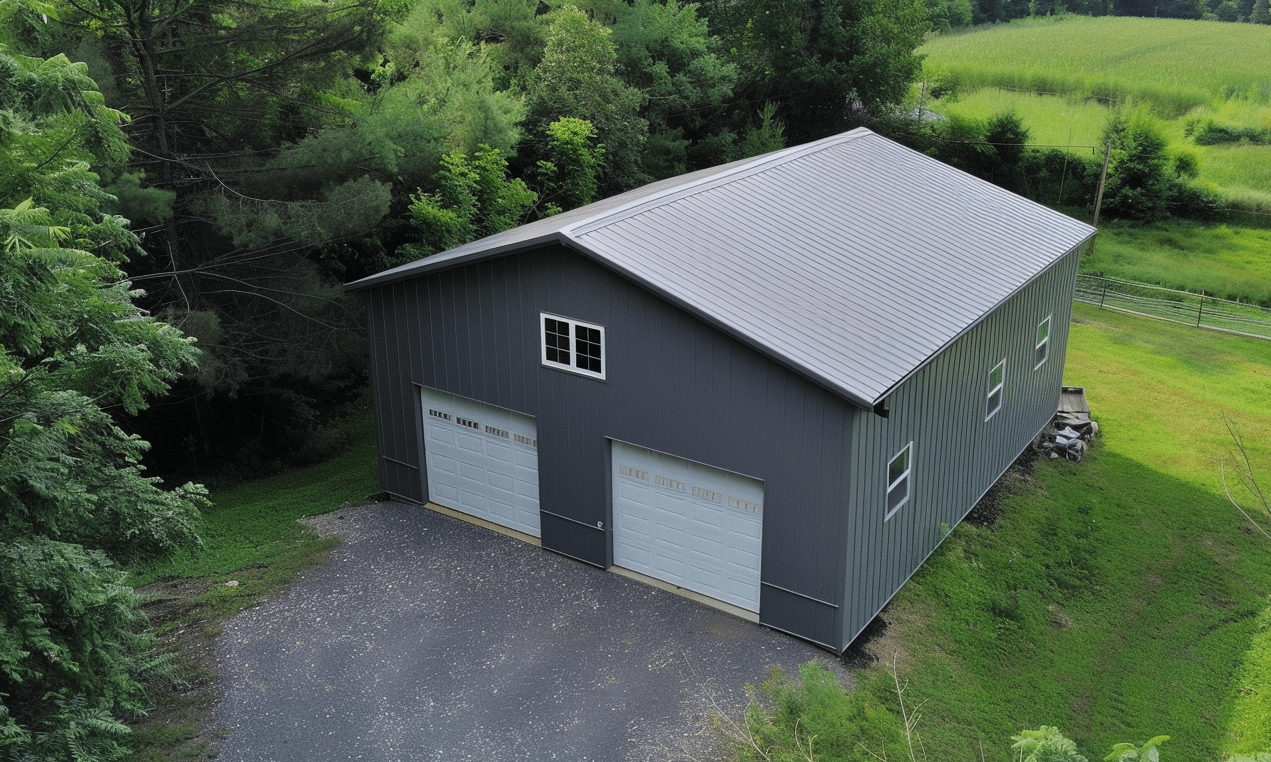### Urban Development Trends: Forging the Future of Our Cities
Imagine navigating a cityscape where the skyline is a complex orchestra of architectural innovation and environmental responsibility, bustling yet efficient, providing for its inhabitants while preserving natural resources. This vision is not solely a futuristic fantasy; it’s the foundation of the latest urban development trends that are shaping tomorrow’s cities today. With unprecedented Infrastructure investment and the rising importance of sustainable growth, cities worldwide are leaning into technology, resilience, and community-centric design to carve pathways to a promising tomorrow.
Technology and Smart Urban Living
Today’s cities are leveraging advancements in technology to become “smart,” providing residents with convenience, connectivity, and greater quality of life. Think of smart sensors managing traffic to reduce emissions, or mobile apps for accessing city services in real-time; these innovations illustrate the evolution of urban living. Smart urban centers not only improve efficiency but also increase safety and accessibility.
Smart lighting, for example, adapts based on occupancy and time, reducing energy costs and light pollution. Autonomous public transportation is another leap forward; it promises increased efficiency and lesser carbon footprints while reducing congestion. How are these changes impacting urban development? They’re catalyzing a shift where technology optimization aligns with human-centric design. Urban planners are increasingly tasked with integrating digital infrastructure into physical landscapes.
Green Spaces and Sustainability
A vibrant city teeming with energy is every urbanite’s dream, yet rising concerns about climate change and environmental degradation urge cities to incorporate green strategies into their blueprints. Think of the integration of expansive green roofs, vertical gardens, and public parks; these green oases are not just visually pleasing but are also pivotal in improving air quality and mitigating urban heat.
Cities across the globe are committing to net-zero carbon targets, employing methods like sustainable materials and renewable energy in construction. Take, for instance, the rise of 30×60 steel building kits, which are gaining popularity for their durability and sustainability credentials. Steel stands out as a material, not only for its strength but also for its recyclability, seamlessly fitting into the urban development trends steered towards ecological consciousness.
In cities like Vancouver and Copenhagen, such development trends have become the cornerstone of municipal guidelines, affecting zoning laws and planning frameworks. The inclusion of these green spaces often extends to community gardens and rooftop farms, forging connections to nature that city dwellers are increasingly valuing.
Infrastructure Investment and Economic Growth
Infrastructure is the backbone of urban growth, facilitating everything from transportation to healthcare and education. Current trends underscore dramatic shifts in how cities prioritize their infrastructure investment strategies to boost economic growth. Modern infrastructural development focuses on resilience, efficiency, and the flexibility to accommodate future growth.
A city’s investment in infrastructure can be seen as planting the seeds for its future—properly watered and nurtured, these seeds can transform into robust economies capable of withstanding change. Public transportation systems, renewable energy projects, and broadband internet are getting the attention they deserve. These improvements are not only a commitment to attracting businesses and jobs but also ensure that urban spaces remain competitive and habitable.
Economic activity thrives where infrastructure is robust and well-maintained. As cities continue to adapt these Infrastructure Canada – Urban Development Trends, they become more attractive to investors and businesses, creating jobs and fostering entrepreneurship. This leap forward is equally crucial in building economic resilience and sustainability.

Resilient Urban Planning
In tandem with technological advancement and infrastructural investments, urban resilience has come to the fore. Today’s cities must prepare for unexpected challenges, whether they be climatic or economic. Resilience in urban development is not just about snapping back from the immediate shock of a disruptive event; it’s about maintaining core functions, preserving social values, and protecting vulnerable communities.
Key aspects of building industry resilience include flexible zoning laws, disaster preparedness, resource management, and community adaptation. For instance, “100 Resilient Cities”—a Rockefeller Foundation initiative—helps cities around the globe develop techniques that ensure urban robustness. These approaches are not only innovative but are a necessity as cities face internal and external pressure from global adversities such as pandemics and natural disasters.
Adopting Community-Centric Designs
Gone are the days when urban developments strictly served economic or architectural showboating. The latest urban development trends are centered around the community, ensuring environments cater to both individual needs and collective well-being. A city with a heart beats in harmony with its residents, offering communal spaces, cultural inlets, and social services that render it livable and lovable.
Mixed-use developments are becoming more common, integrating residential, commercial, and recreational spaces within urban cores. The intention is clear: maximize accessibility and create vibrant neighborhoods that cater to myriad lifestyles. Social infrastructure, such as libraries and community centers, equally plays a vital role, acting as the glue that binds communities and fosters engagement.
Furthermore, inclusive design is gaining traction—this involves creating spaces that are accessible to everyone, irrespective of age, abilities, or socioeconomic status. This sense of inclusivity is crucial in urban frameworks if cities are to embrace diversity and address social inequality.
Conclusions: Navigating the Future of Urban Development
Urban development trends are reshaping our cities into sustainable, resilient, and economically vibrant hubs that cater to the needs of our day-to-day existence while safeguarding future generations. Pivotal to this transformation are robust Industry News & Trends, green strategies, smart technology implementation, and groundbreaking Infrastructure investment.
With economic vitality, social inclusion, and environmental preservation etched into their urbanism fabric, cities aim to not just accommodate growth but thrive with it. Navigating this promising yet challenging future requires commitment, creativity, and collaboration amongst stakeholders to shape urban environments that flourish in harmony with their inhabitants. The urban development trends of today are the scaffolds upon which the world of tomorrow will stand.
By visualizing the city of the future, we can actively participate in creating a world that balances progress and preservation—a world for everyone.










